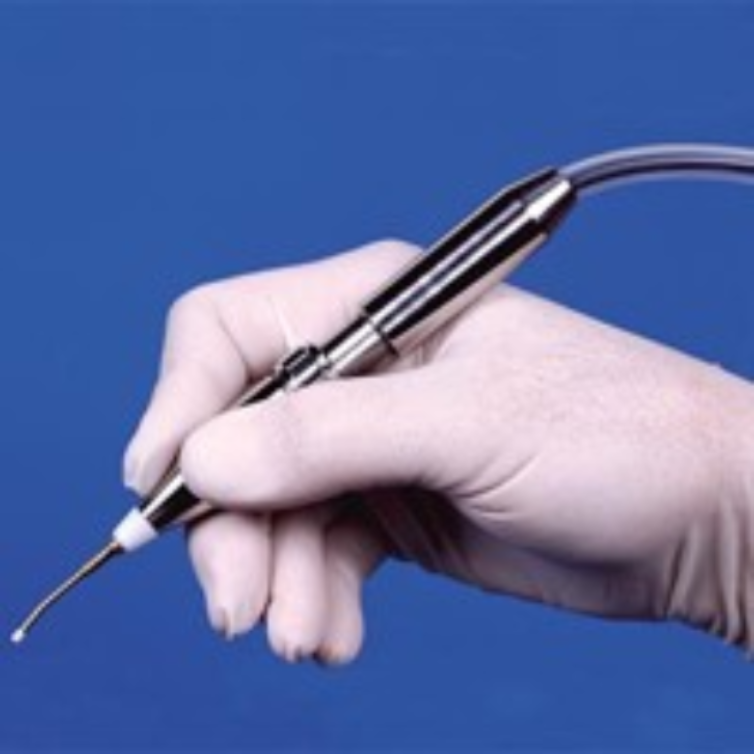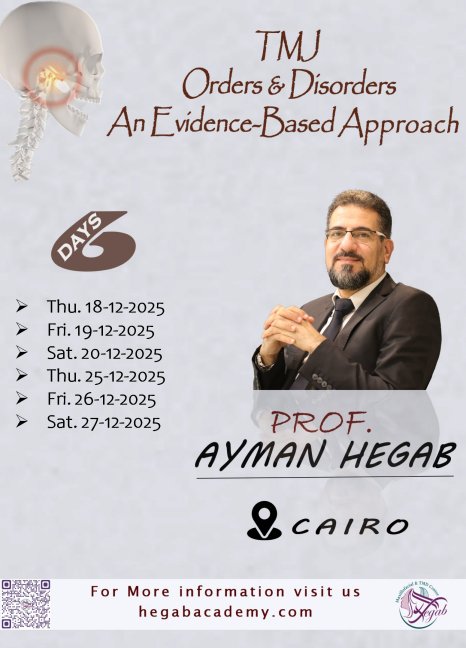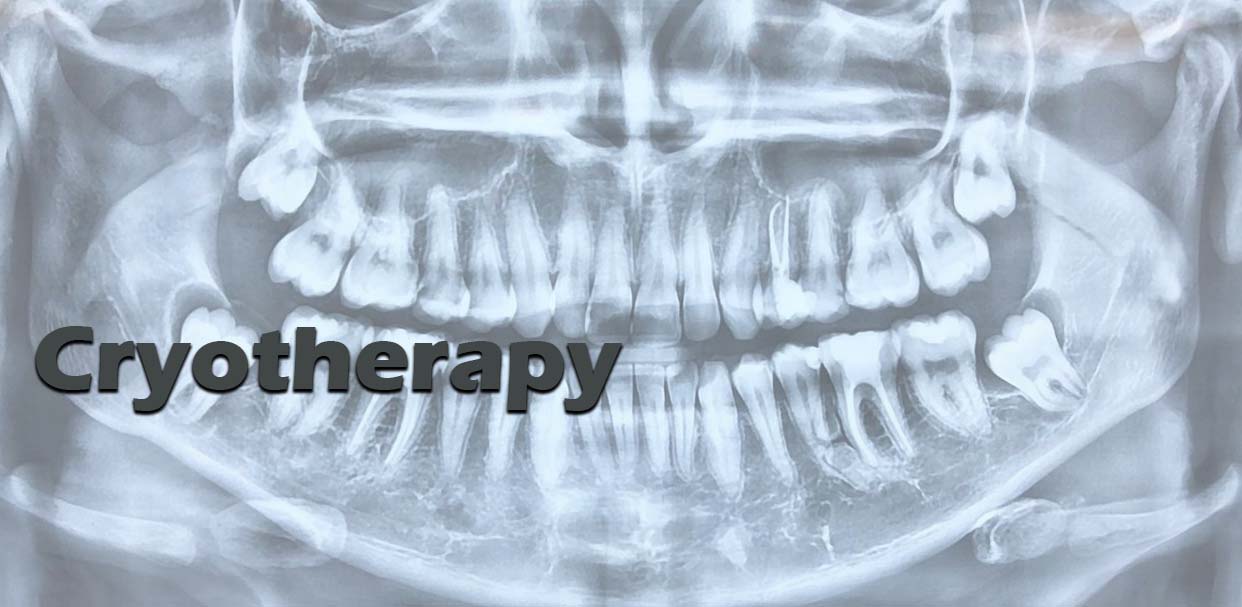What is Cryotherapy?
Cryotherapy, also known as cryosurgery, is a commonly used procedure for the treatment of a variety of skin lesions ranging from salivary mucocœles to h?mangiomata to rodent ulcers.
It is a safe and easy to use treatment.
How does it work?
Cryotherapy treatment is a carefully controlled cold burn, using liquid nitrogen (liquid nitrogen is a cold, liquefied gas with a temperature of – 196? C).
It is used to destroy abnormal skin cells that require removal such as keratoses, warts, pre cancers and some malignant growths such as squamous cell and basal cell skin cancers.
The goal of cryotherapy is to freeze and destroy a targeted skin / mouth growth as quickly as possible, then allowing it to thaw slowly causing maximum destruction of the abnormal skin cells while leaving the surrounding skin free from injury. Once the affected cells die off, the treated area heals over.
There may be some side-effects (see below) but these are usually minor and short-lived.
Sometimes lesions need to be treated several times before resolution.

How is Cryotherapy carried out?
A local an?sthetic is used to numb the area before freezing. This is either done using a local an?sthetic cream or injection. A metal probe cooled by liquid nitrogen is then applied to the lesion for a period of time and then allowed to thaw out. This can be repeated several times. The treated area may be sore afterwards so you are advised to take painkillers before the local an?sthetic wears off (approximately 1.5 – 2 hours later).
What are the possible side effects of Cryotherapy?
As with any procedure, complications can occur.
Complications can be divided into acute, short-term and long-term.
- Side-effects you may experience straight away include headache, pain, excessive granulation tissue formation, infection and blister formation.
- Take Paracetamol or Ibuprofen for pain relief.
- The blister will rupture and scab over. Just try not to traumatise the area and let it heal.
- Side-effects you may experience after a few days include bleeding, infection, and excessive granulation tissue formation. If these happen, get in touch with the dentist / oral surgeon.
- Longer side effects that are not permanent include skin tags, increased pigmentation of the skin and change in sensation.
- Permanent side-effects include thinning out of the skin, scarring and localised change of skin colour (it may become red or white).



